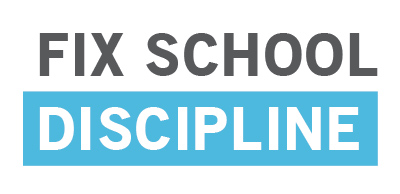Trauma and Learning
Peter P., et al. v. Compton Unified School District, et al. is a landmark, first-of-its kind class action complaint addressing a widespread, yet often ignored, public health crisis in America: the adverse impact of childhood trauma on learning. This case has been filed in Los Angeles by Public Counsel and Irell & Manella LLP on behalf of a class of students and teachers and demands that Compton Unified School District incorporate proven practices that address trauma—in the same way public schools have adapted and evolved in past decades to help students who experience physical or other barriers to learning.
Trauma-sensitive school districts across the nation are beginning to address trauma successfully, and when they do, the benefits to kids, to families, and to the community are extraordinary.
More:
You can find further resources and information about this case at the new website created for this case, Trauma And Learning.
WHAT IS TRAUMA?
Trauma occurs when overwhelmingly stressful events undermine a person’s ability to cope.[1]
The term “complex trauma” describes both children’s exposure to multiple traumatic events, often of an invasive, interpersonal nature, and the wide-ranging, long-term impact of this exposure.[2] Humans are ordinarily able to process the myriad stresses of everyday life, but when confronted with experiences so severe that they produce feelings of terror and helplessness, or with so many repeated small and large psychological cuts to a developing brain that it forms a deep wound,[3] a person’s ability to adapt to these stresses can become overwhelmed. This is especially true for children, whose brains are still organizing and developing [4] and who have yet to establish their baseline equilibrium.[6] Thus, even when a traumatic event is over, the effect on the child and the child’s reaction to it is not.
Some examples of traumatic experiences include:
-
Being the victim of physical or sexual violence;
-
Witnessing violence in your family or neighborhood;
-
Living with someone with a drug or alcohol problem;
-
Experiencing extreme family hardship and disruption, such as the death or incarceration of a parent;
-
Living in poverty without reliable housing or food sources.
Childhood trauma is experienced by far too many children in the U.S. According to a study published in the journal Health Affairs,48% of children have experienced at least one kind of trauma. Twenty-three percent have experienced two or more.vi Children in underserved communities are particularly likely to have experienced trauma.
THE REMEDY
The class action encourages the Compton Unified School District to implement school-wide trauma-sensitive practices. Trauma-sensitive practices generally include:
– Training and ongoing coaching of educators to recognize, understand, and proactively address the effects of complex trauma
– Consistent mental health support to appropriately meet diverse student needs; and
– School discipline approaches that focus on preventing classroom disruptions and reducing suspension rates while holding students accountable for their conduct.
Importantly, school-wide trauma-sensitive practices must target the entire school environment. No single intervention is sufficient to provide the support that students suffering from the effects of trauma need.
Among experts, there is widespread consensus that trauma-sensitive school practices help children recover from the effects of trauma and succeed in school. The effectiveness of these practices has been proven in several academic studies. Research shows that students who received trauma intervention received higher grades and experienced fewer behavioral problems than children who did not. Also, suspension rates at schools implementing trauma-informed practices frequently drop sharply.[e.g. UCSF HEARTS Program ]

